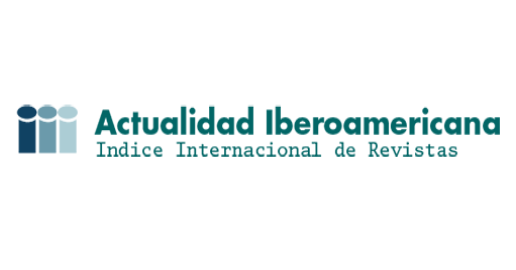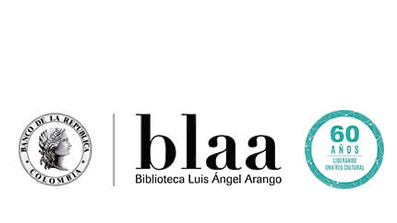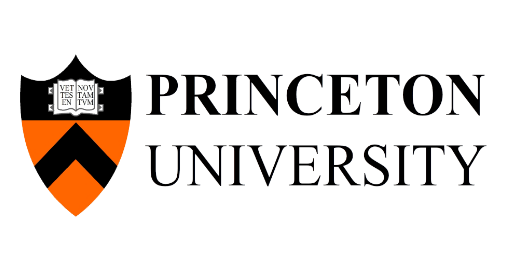Ao submeter artigos para avaliação, os autores concordam em transferir os direitos de publicação para Cultura Latinoamericana. Revista de Estudios Interculturales para publicação em qualquer meio. A fim de aumentar a sua visibilidade, os documentos são enviados para bases de dados e sistemas de indexação, e podem também ser consultados no sítio Web da Revista
Resumo
The present research article aims to give an overview over the linguistic landscape of Cuba shaped by more than 50 years of socialist revolution, because the linguistic landscape of a country can be considered as a lens, which can be used to interpret social and political facts. With a qualitative methodology, the article present data on the Cuban Linguistic Landscape and analyze the political content, linguistic characteristics and objectives of a sample of signs present in the Cuban LL, and how this has been used by the propaganda in Cuba in order to celebrate the revolution and spread revolutionary values and ideas.

Referências
Backhaus, P. (2007). Linguistic landscapes: A comparative study of urban multilingualism in Tokyo. Clevedon: Multilingual matters.
Barni, M.; Bagna, C. (2015). The critical turn in LL. New methodologies and new items in LL. Linguistic Landscape, 1:1/2, p. 6-18; p. 7.
Blommaert, J.; Maly, I. (2014). Ethnographic linguistic landscape analysis and social change: A case study. Tilburg Papers in Culture Studies, (100), p. 3.
Capozzi, M.R. (2014). I linguaggi della persuasione: propaganda e pubblicità. Gentes, I, 1, retrieved on 9 September 2018: https://www.unistrapg.it/sites/default/files/docs/university-press/gentes/gentes-2014-1-99.pdf.
Cushing, L. (2003). Revolución! Cuban Poster Art. San Francisco: Chronicle Books.
Edelman, M. (1985). The symbolic uses of politics. Chicago: University of Illinois Press.
Ferraresi, M.; Mortara, A.; Sylwan, G. (2007). Manuale di teorie e tecniche della pubblicità. Roma: Carocci.
González, A. (2008). ¡Vaya valla! Análisis del discurso de vallas habaneras de inicio de siglo XXI. Perfiles de la cultura cubana, 13, retrieved on 9 March 2018 from: http://www.perfiles.cult.cu/article.php?article_id=328, par. 3.
Gonzalez, A. (2017). Cuba en vallas. El imaginario de la revolución cubana a través de sus vallas políticas. Barcelona: Pollen.
Institute for Propaganda Analysis. (1939). The fine art of propaganda: A Study of Father, Coughlin’s Speeches (A. Mc Clung Lee, E. Briant Lee, Eds.). New York: Harcourt Brace.
Jowett, G.; O’Donnell, V. (2011). Propaganda and persuasion. Thousand Oaks: SAGE Publications.
Kunzle, D. (1975). Public Graphics in Cuba: A Very Cuban Form of Internationalist Art. Latin American Perspectives, 2(4), p. 89-110.
Landry, R., & Bourhis, R. Y. (1997). Linguistic Landscape and Ethnolinguistic Vitality: An Empirical Study. Journal of Language and Social Psychology, 16(1), 23–49. Lasswell, H. (1927). Propaganda technique in World War I, Knopf, New York.
Liu, A. (2001). “Mass Campaign in the People’s Republic of China During the Mao Era”. R.E. Rice, C.K. Atkin (Ed), Public communication campaigns (pp. 286-289). New York: Sage Publications.
Ortega, D.H. (2006). ‘En cada barrio’: Timocracy, Panopticism and the Landscape of a Normalized Community”. Culture Machine, 8, retrieved on 9 March 2018 from http://www.culturemachine.net/index.php/cm/article/view/42/50, par. 3.
Pons, E.H. (2008). Aggressive and Passive Propaganda: Cuba and the United States. Pone access Theses, 230, retrieved on 9 March 2018 from http://scholarlyrepository.miami.edu/cgi/viewcontent.cgi?article=1229&context=oa_theses.
Rutherford, P. (2000). Endless Propaganda: The Advertising of Public Goods. Toronto: Toronto University Press.
Shohamy, E. (2015). LL research as expanding language and language policy. Linguistic Landscape, 1(2), pp. 152-172, pp. 153-4.
Sloboda, M. (2009). “State ideology and linguistic landscape: A comparative analysis of (post)communist Belarus, Czech Republic and Slovakia”. En E. Shoham; D. Gorter (eds.), Linguistic landscape. Expanding the scenery (pp. 173-188, p. 6). London: Routledge,
Sontag, S. (1970). “Posters: Advertisement, Art, Political Artifact, Commodity”. En D. Stermer (ed.), The art of Revolution: 96 Posters from Cuba (pp. vii-xxiii) London: Pall Mall Press.
Soules, M. (2015). Media, persuasion and propaganda. Edinburgh: Edinburgh University Press.
Testa, A.M. (2003). La pubblicità. Bologna: Il Mulino.
Turner, A.B. (2007). Propaganda in Havana: The Politics of Public Space and Collective Memory in the Socialist City. Urban Studies Program. University of Pennsylvania, retrieved on 9 March 2018 from: http://repository.upenn.edu/cgi/viewcontent.cgi?article=1007&context=senior_seminar, p. 10, 26, 51.
Volli, U. (2003). Semiotica della pubblicità. Roma-Bari: Laterza.


























